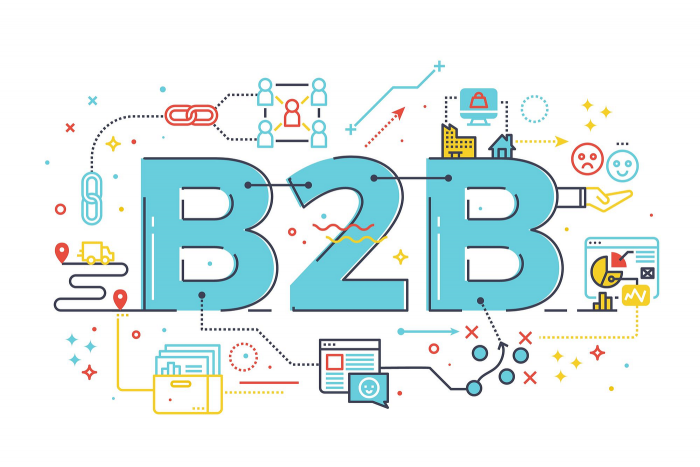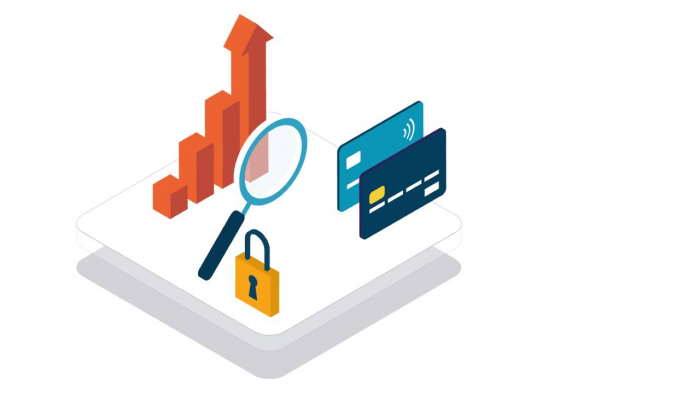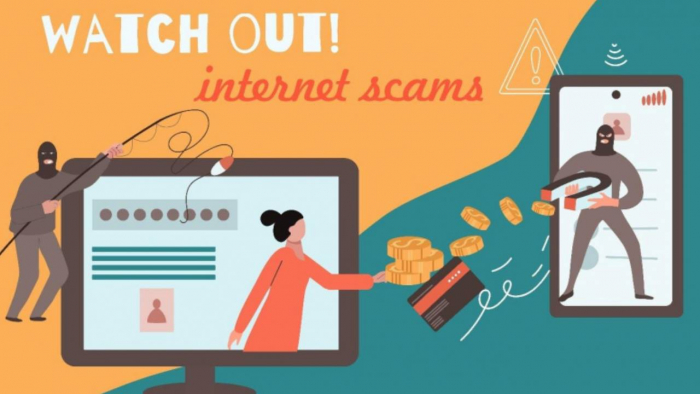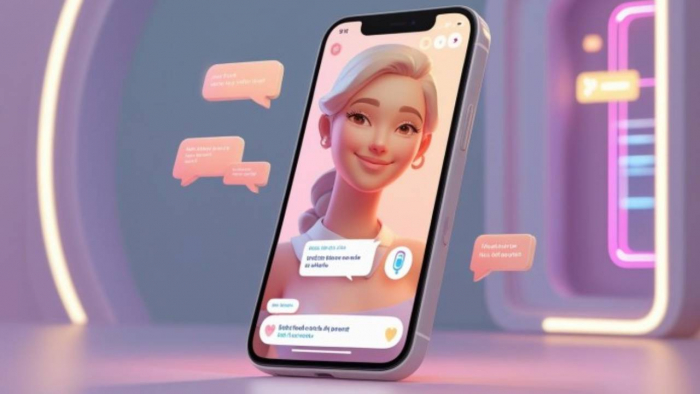Revenue Isn’t Just About New Logos
For SaaS companies, expanding revenue from existing customers often offers a faster and more cost-effective path to growth than chasing new acquisition. That’s where cross-selling and upselling come into play. When done right, these strategies deepen customer relationships and drive long-term value—for both parties.
The key is relevance. No client wants to feel like they’re being sold more just for the sake of it. Cross-selling and upselling should always be positioned around helping the customer achieve better outcomes.
Start with Data-Driven Signals
Upsell and cross-sell opportunities aren’t random. They should be triggered by clear behavioral or business signals. Is the customer maxing out usage limits? Are they consistently using certain features that align with a higher-tier plan? Has their business grown since onboarding?
Signals from CRM systems, product analytics tools, and customer success teams provide the insight needed to pitch the right solution at the right time.

Make It About the Outcome, Not the Offer
Pitching more features or a higher plan isn’t compelling on its own. Instead, frame the offer around the outcomes the customer can expect. Will the upgrade reduce manual work? Improve team productivity? Enable faster reporting?
For example, rather than saying, “You can add more users with our Pro plan,” say, “Your team is growing rapidly—Pro unlocks unlimited users and centralizes reporting so you stay in control."
When you connect the dots between product capabilities and customer goals, upselling becomes an obvious next step.
Use Timing to Your Advantage
Good timing can make or break an upsell opportunity. Customers are more receptive to new offers after a win: a successful onboarding, a feature milestone, or a business achievement tied to your platform.
Post-QBRs (Quarterly Business Reviews) are also ideal windows. That’s when performance data is fresh, conversations are strategic, and trust is high.
Avoid pitching new products when there's unresolved friction. No one wants to buy more from a partner they’re frustrated with.
Segment for Relevance
Not all customers are ready for more. By segmenting your user base by engagement level, company size, and industry, you can tailor your messaging and offers for greater relevance.
A startup customer may respond better to bundles or discounted upgrades, while an enterprise client might appreciate white-glove onboarding for advanced features.
Customization shows that you're not just trying to sell more—you're trying to solve more.
Empower Your Customer Success Team
Customer Success Managers (CSMs) are often in the best position to lead upsell and cross-sell conversations. They understand the customer’s goals and day-to-day challenges.
Equip your CSMs with product roadmaps, objection-handling scripts, and real-time account insights. When they have the tools to identify value-driven opportunities, upselling becomes part of helping—not just selling.
Incentivize the Right Behavior
Align incentives internally. If your team is rewarded solely on new business, cross-sell and upsell opportunities will fall through the cracks. Compensate teams for revenue expansion just as you would for acquisition.
When upsell success is tracked and celebrated, it becomes embedded in the culture.
Automate Smart Nudges
Technology can assist too. Well-crafted in-app messages, email nudges, or personalized dashboards can highlight relevant features or suggest upgrades at the perfect moment.
If a user is close to hitting a usage cap, a pop-up might say: “You're 90% to your limit—upgrade now to avoid service interruption.” Subtle, timely, and useful.
But make sure automation supports the relationship—not replaces it.
Package Offers Creatively
A growth agency for SaaS often sees success when upsell and cross-sell offers are bundled into outcome-oriented packages.
Rather than upselling one feature, create a "growth accelerator" bundle that includes premium support, integrations, and reporting. These curated packages show strategic value and are easier for stakeholders to justify.
Framing the offer around goals—not features—helps executives connect the investment to ROI.
Measure and Optimize Continuously
Upselling and cross-selling shouldn’t be treated as set-it-and-forget-it strategies. Track conversion rates, average expansion revenue, and customer feedback.
Analyze what messaging, timing, and packaging lead to higher acceptance. Test different approaches and refine based on what resonates most.
Feedback loops from sales, customer success, and customers themselves drive smarter iterations.
Build Expansion into the Customer Journey
The most successful SaaS teams don’t treat upselling as a last-minute play. They design it into the customer lifecycle.
That might mean setting expectations during onboarding that most customers expand over time, or proactively mapping out what “growth milestones” will trigger deeper usage.
When upsells feel like a natural next step in the customer’s evolution, they’re welcomed, not resisted.
Conclusion
Cross-selling and upselling aren’t about squeezing more revenue out of customers. They’re about helping customers get more value—and being paid fairly for it.
A smart, customer-focused approach ensures that the conversation stays grounded in outcomes, not transactions. And a thoughtful growth agency for SaaS knows that when customers succeed, so does revenue.
It’s not about pushing features. It’s about pulling customers closer to their goals.
Post Comment
Be the first to post comment!





